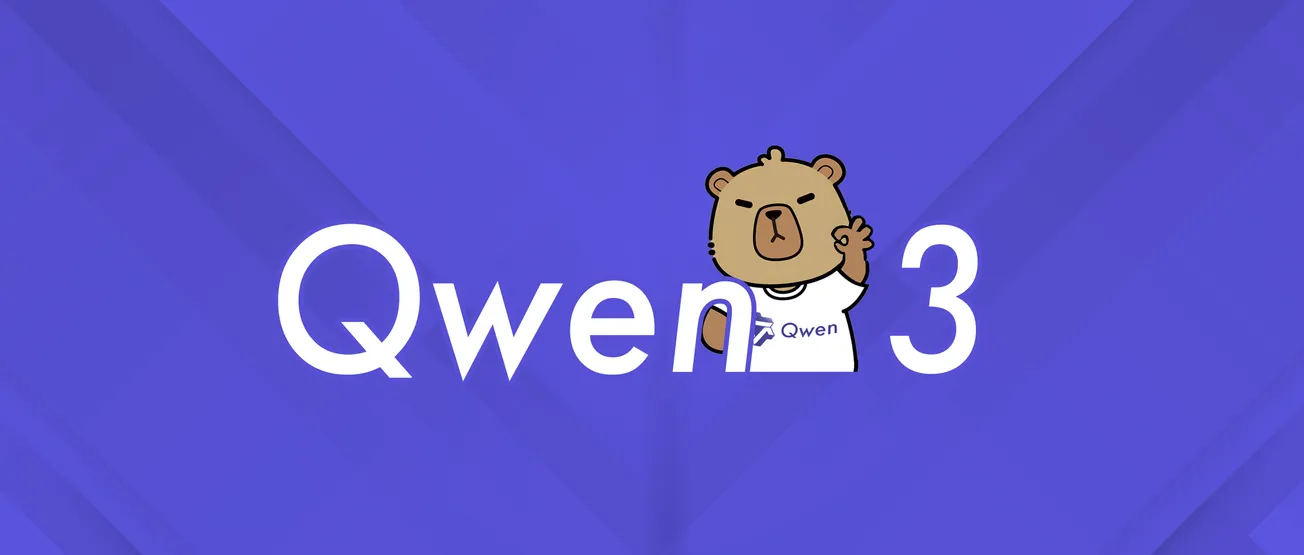Table of Contents
Qwen3, Alibaba’s latest open-source large language model, has just launched-bringing a new era of hybrid reasoning, multilingual support, and flexible deployment to the AI landscape. This comprehensive overview explores Qwen3’s breakthrough features, model lineup, and its potential to reshape global AI development.
Key Takeaways
- Qwen3 introduces hybrid reasoning, allowing seamless switching between deep, step-by-step thinking and fast, general-purpose responses.
- The model family includes eight variants, from lightweight 0.6B models for mobile to a 235B-parameter flagship for advanced tasks.
- Qwen3 supports 119 languages and dialects, making it one of the most multilingual open-source models available.
- Both dense and Mixture-of-Experts (MoE) architectures are released under the Apache 2.0 license, promoting broad adoption and innovation.
- The models excel in reasoning, coding, mathematics, and agent-based tasks, outperforming previous Qwen and other leading open-source models.
- Extended context windows-up to 131,072 tokens-enable Qwen3 to handle complex, lengthy inputs efficiently.
- Superior alignment with human preferences enhances creative writing, dialogue, and instruction-following experiences.
- Qwen3’s flexible deployment supports a range of devices, from smartphones to cloud servers.
- The release signals intensified competition in the AI space, challenging models from OpenAI, Google, and other global leaders.
Hybrid Reasoning: Think Deeper, Act Faster
- Qwen3’s most distinctive innovation is its hybrid reasoning mode, which empowers users to toggle between “thinking” and “non-thinking” states for each task.
- In thinking mode, the model reasons step-by-step, ideal for complex queries in mathematics, coding, or logical deduction.
- Non-thinking mode prioritizes speed and efficiency, delivering rapid responses for straightforward or time-sensitive tasks.
- This dual-mode flexibility allows developers and users to optimize for either depth or speed, depending on their unique requirements.
- Switching between modes is as simple as including special tokens in the prompt, making the feature accessible and controllable for a wide range of applications.
- The hybrid approach not only improves performance but also enables more efficient “thinking budget” control, balancing computational cost with inference quality.
- By integrating both reasoning and rapid response capabilities, Qwen3 stands out as a versatile tool for diverse real-world scenarios.
Comprehensive Model Lineup and Open Licensing
- Qwen3 comprises eight models, including six dense variants (0.6B, 1.7B, 4B, 8B, 14B, 32B parameters) and two Mixture-of-Experts (MoE) models (30B-A3B and 235B-A22B).
- Dense models are suited for general use, while MoE models optimize performance for more demanding or specialized tasks.
- The smallest models (0.6B and 1.7B) are lightweight enough for mobile devices, while the largest (32B and 235B) cater to high-end servers and research.
- All models are released under the Apache 2.0 license, ensuring open access for developers, researchers, and organizations worldwide.
- The naming scheme has evolved: post-trained models no longer use the “-Instruct” suffix, and base models now end with “-Base,” simplifying identification and deployment.
- Open-weight availability on platforms like Hugging Face and GitHub encourages community-driven innovation and rapid adoption.
Unmatched Multilingual and Agent Capabilities
- Qwen3 is trained on a vast dataset spanning 36 trillion tokens across 119 languages and dialects, making it highly effective for global and multicultural applications.
- The model excels in multilingual instruction following and translation, outperforming many competitors in both breadth and accuracy.
- Advanced agent capabilities enable Qwen3 to integrate with external tools and APIs, supporting complex workflows in both thinking and non-thinking modes.
- These features make Qwen3 an ideal choice for international businesses, research institutions, and developers building cross-lingual solutions.
Performance Benchmarks and Real-World Impact
- Alibaba claims that its flagship Qwen3-235B-A22B model achieves competitive results in coding, mathematics, and general reasoning-rivaling or surpassing industry leaders.
- Even the compact Qwen3-4B model rivals the much larger Qwen2.5-72B-Instruct, showcasing efficiency gains and improved architecture.
- Extended context windows (up to 131,072 tokens for 4B and larger models) allow Qwen3 to process lengthy documents, conversations, or codebases without losing context.
- The model’s superior alignment with human preferences enhances creative writing, role-playing, and multi-turn dialogue, delivering a more natural and engaging user experience.
- Qwen3’s flexible architecture supports deployment across a spectrum of devices, from smartphones and smart glasses to autonomous vehicles and cloud infrastructure.
A New Benchmark for Open-Source AI
- Qwen3’s release marks a significant milestone in the evolution of open-source AI, intensifying competition with models from OpenAI, Google, and other global players.
- Alibaba’s strategic focus on hybrid reasoning, multilingualism, and open access positions Qwen3 as a catalyst for innovation across industries.
- The model family’s scalability and adaptability make it suitable for everything from consumer apps to advanced research and enterprise solutions.
- With over 300 million downloads of previous Qwen models, Qwen3 is poised for rapid adoption and widespread impact.
- As demand for powerful, flexible, and open AI continues to grow, Qwen3 sets a new standard for what open-source language models can achieve.
Qwen3’s hybrid reasoning, multilingual support, and open licensing make it one of the most versatile and powerful open-source AI models to date. Its release is set to drive innovation, empower developers, and reshape the competitive landscape of global artificial intelligence.








